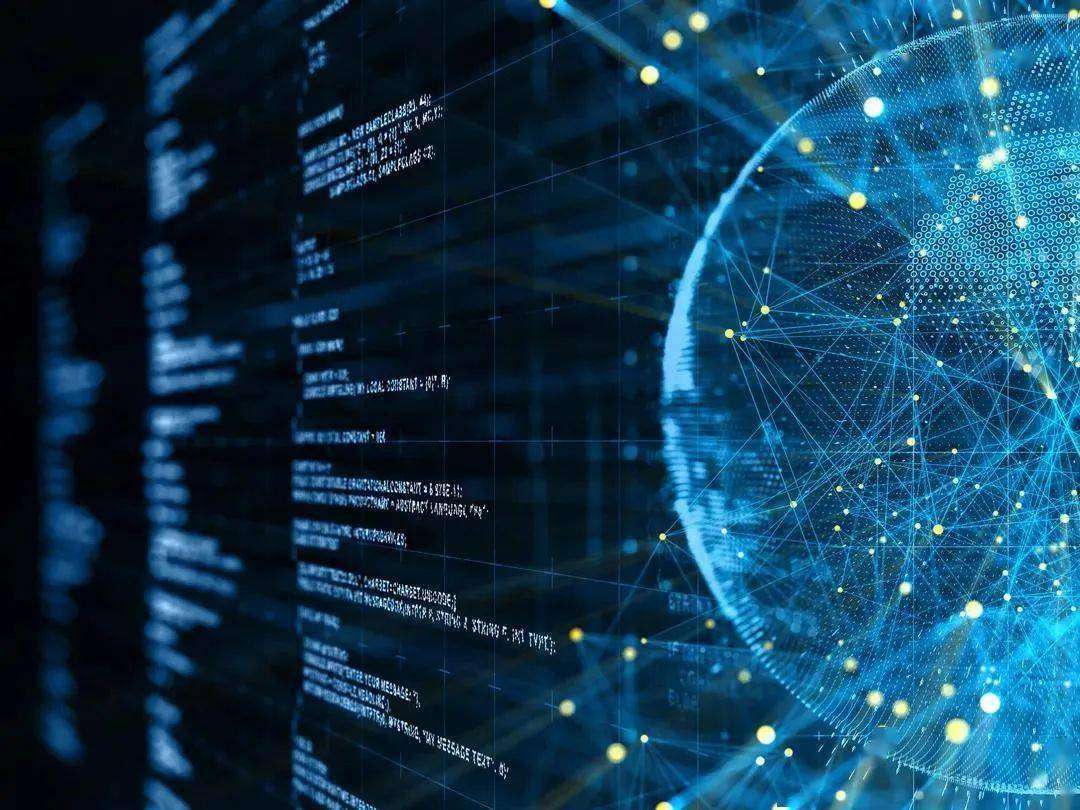Prof. Liu Shaoxuan & Prof. Chen Yushi: Driving the Twin Transition – Opportunities and Challenges of Large Language Models in Corporate Decarbonization 2025-02-16
The twin transition—integrating sustainability with digital transformation to achieve multifaceted value—is a core agenda for high-quality development. This concept goes beyond merely creating synergies between sustainability and digitalization; it entails a systematic rethinking of how economic, social, and environmental systems operate, leveraging digital technologies. As global climate change intensifies, businesses and organizations face unprecedented pressure to reduce their carbon footprints and achieve net-zero emissions.
In 2024, artificial intelligence, particularly large language models (LLMs), has demonstrated transformative potential, not only in reshaping workflows but also in tackling environmental challenges. LLMs are increasingly playing a pivotal role in corporate decarbonization efforts. Recently, the release of DeepSeek-V3, a pre-trained model with 67.1 billion parameters, has set a new benchmark in performance, surpassing existing open-source models and rivaling leading proprietary models. The standout features of DeepSeek-V3 include its exceptional generalization capabilities and emergent properties, allowing it to adapt to new tasks with minimal training or examples. However, despite these advancements, the application of LLMs in corporate decarbonization still presents significant challenges. This article explores how LLMs can empower corporate decarbonization initiatives and provides strategies to address operational obstacles.
Why Focus on Large Language Models?
To understand the significance of LLMs in addressing challenges and opportunities in corporate decarbonization, it’s helpful to revisit the evolution of artificial intelligence (AI). Since the 1950s, AI has undergone several transformative phases, each laying the foundation for subsequent breakthroughs.
The concept of AI was formally introduced at the Dartmouth Conference in 1956, and subsequent decades saw progress in machine learning and neural networks. However, early AI methods were limited by data dependency, interpretability issues, and insufficient generalization capabilities. AI experienced significant advancements with the advent of neural networks in the 1990s, but it wasn’t until the emergence of the Transformer framework in the 2010s that natural language processing (NLP) achieved a major leap forward. LLMs, which are built on deep learning frameworks and trained on vast amounts of text data, have become a hallmark of this transformative era in AI.
Compared to earlier AI technologies, LLMs exhibit five distinctive features:
1. Generalization: LLMs can perform new tasks without explicit training by leveraging zero-shot or few-shot learning, enabling rapid adaptation to novel environments.
2. Emergent Capabilities: With billions or trillions of parameters, LLMs excel in reasoning, logical inference, and complex computations, surpassing smaller models in tasks such as code generation and mathematical problem-solving.
3. Contextual Learning: LLMs can understand intricate relationships between sentences and entire documents, improving performance on complex data relations.
4. Multimodal Processing: Advanced LLMs can process diverse data types, including text, images, audio, and video, enabling applications like virtual assistants and intelligent customer service platforms.
5. Generative Output: Unlike traditional discriminative models, LLMs can generate coherent and meaningful new content based on contextual understanding.
The Role of LLMs in Decarbonization: Enabling Systemic Transformation
LLMs are more than just technical tools—they are powerful engines for systemic transformation. By leveraging their generalization, emergent capabilities, contextual learning, multimodal processing, and generative output, LLMs can provide solutions at both macro and micro levels, from policy-making to operational innovations within organizations.
1. Generalization for Policy and Operational Optimization:
LLMs can assist policymakers by analyzing vast datasets to generate insights, simulate policy impacts, and predict outcomes. For instance, platforms like Climate TRACE, which use AI to build a database of global greenhouse gas emissions, provide enterprises with benchmarking tools and enable data-driven policy discussions. At an operational level, LLMs can analyze production, energy consumption, and supply chain data to identify optimization opportunities, improving resource efficiency and reducing emissions. Tools like CO2 AI, leveraging a database of over 110,000 emission factors, allow companies to quantify and manage carbon emissions with unprecedented speed and accuracy.
2. Emergent Capabilities for Innovation:
In the clean energy sector, integrating diverse technologies efficiently is a common challenge. LLMs can facilitate cross-disciplinary collaboration and innovation by breaking down technical silos. For example, the Bright Electric Model, developed by China’s State Grid Corporation in collaboration with technology firms, utilizes LLMs to optimize grid operations, improve renewable energy utilization, and enhance maintenance processes. Additionally, LLMs can support product design and materials selection, enabling companies to develop more sustainable and energy-efficient offerings.
3. Contextual Learning for Value Chain Collaboration:
Decarbonization requires coordinated action across complex value chains. LLMs can serve as platforms for communication and collaboration among stakeholders, including suppliers, customers, and investors. By processing extensive supply chain data, LLMs can optimize logistics, minimize emissions, and facilitate transparent reporting. For example, LLMs can transform human queries into precise mathematical models for supply chain optimization, generating actionable plans that align with carbon reduction goals.
4. Multimodal Processing for Risk Management:
LLMs can integrate data from diverse sources, such as meteorological and environmental datasets, to build robust climate risk assessment systems. For example, DeepMind’s GraphCast provides highly accurate weather predictions, enabling organizations to prepare for extreme weather events. Similarly, the ClimaX project, developed by UCLA and Microsoft, uses deep learning to address gaps in traditional climate modeling. These tools empower businesses to mitigate risks and enhance resilience against climate-related disruptions.
5. Generative Output for Communication and Advocacy:
Engaging with the public is critical for advancing corporate decarbonization. LLMs can generate high-quality content, such as educational articles, social media posts, and interactive experiences, to communicate sustainability goals effectively. Additionally, LLMs can assist in summarizing climate-related documents, managing ESG topics, and providing customized insights for specific regions or industries.
Challenges and Solutions for LLMs in Corporate Decarbonization
While LLMs offer enormous potential in corporate decarbonization, their application faces several challenges:
1. Limitations in Specific Tasks:
For static tasks like carbon footprint calculations, traditional tools like Excel may remain more efficient for small-scale enterprises. LLMs are more beneficial for dynamic, large-scale, or highly complex scenarios.
2. Reasoning and Reliability Issues:
LLMs sometimes lack consistency and accuracy in complex reasoning tasks. To address this, organizations can combine LLMs with expert systems or develop models with enhanced reasoning capabilities.
3. Trust and Verification:
The possibility of "hallucinations"—generation of plausible but incorrect outputs—raises questions about trust. Establishing robust validation mechanisms and promoting transparency in AI operations are essential.
4. Data Quality and Availability:
Reliable carbon footprint assessments depend on high-quality data, which remains a challenge for many organizations. Strengthening data governance and standardizing data collection processes are critical steps.
5. Certainty and Traceability:
LLMs rely on probabilistic processes, which can be a limitation in highly regulated areas like carbon accounting. Integrating third-party certifications and deterministic algorithms can enhance reliability.
Future Directions for LLMs in Decarbonization
To maximize the impact of LLMs in corporate decarbonization, the following priorities should guide future developments:
1. Enhancing Reasoning Capabilities: Develop models with stronger logic and reasoning capabilities to address tasks requiring high accuracy, such as carbon accounting and environmental impact assessment.
2. Leveraging Retrieval-Augmented Generation (RAG): Integrate external, authoritative knowledge bases to ensure outputs are up-to-date and reduce the risk of inaccuracies.
3. Strengthening Data Governance: Invest in robust data collection, organization, and validation frameworks to improve analytical accuracy and support future innovation.
4. Incorporating Expert Systems: Use expert systems to supervise and refine LLM outputs, ensuring tailored recommendations for specific decarbonization strategies.
5. Ensuring Compliance and Social Acceptance: Promote transparency and actively participate in the development of regulatory standards to build trust and alignment with societal expectations.
Conclusion
LLMs represent a transformative tool for corporate decarbonization, offering unprecedented capabilities to tackle complex challenges. By addressing current limitations through targeted improvements in reasoning, data governance, and transparency, LLMs can unlock their full potential as enablers of systemic change. In this era of rapid transformation, embracing cutting-edge technologies like LLMs is essential for organizations striving for excellence and sustainability. As businesses navigate the twin transition, LLMs will undoubtedly play a central role in shaping a greener and more resilient future.
Authors:
LIU Shaoxuan

Vice Dean of Antai College of Economics and Management, SJTU-BOC Institute of Technology and Finance;
CHEN Yushi

Chief Researcher at New Energy Nexus China, Postdoctoral Researcher at SJTU-BOC Institute of Technology and Finance.






